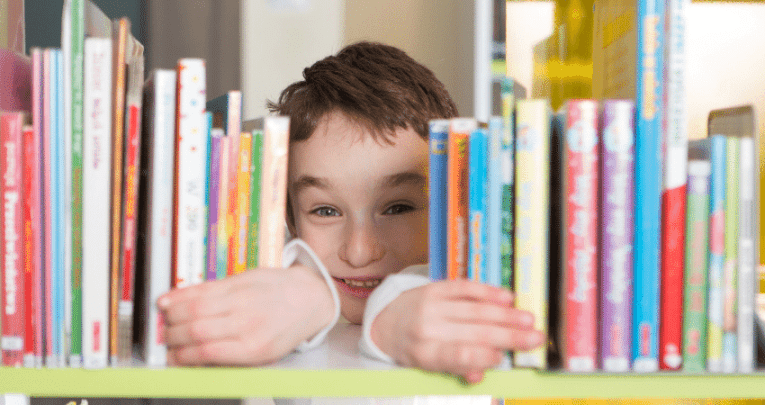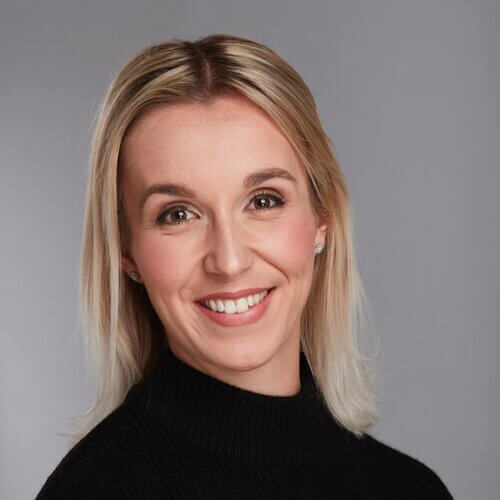How to improve vocabulary with non-fiction texts

How non-fiction books can help develop vocabulary, spoken language skills and debates in the classroom…

- by Hannah Rix

Nothing makes me happier than a lesson that’s gone slightly awry because you and your students are lost in discussion. Not only does this create a tantalising atmosphere, it’s also conducive to an excellent learning experience for students.
The skill of speaking and listening really is an art, and it’s an invaluable attribute of education. Learning to listen to the speaker, digest what’s been said and coming up with a response is tricky to master.
Although many class reads spark marvellous debates among students, some find the abstract and emotive topics difficult to express an opinion on. That’s why I love using non-fiction books as a source for a great debate.
Why non-fiction?
Poetry, plays and prose certainly have their place in the curriculum. However, I would argue non-fiction books have an equally weighted position.
The informative content and structured layout can be (in my experience) more engaging for some students.
Using non-linear and short formats, engaging images and diagrams, means readers can consume as much or as little as they can tolerate.
This means non-fiction can be a gateway into reading for those ‘reluctant readers’.
Additionally, tailoring these selections to linguistically stimulating texts with narrative components to them, will still ensure these students have an enriching learning experience without feeling like they’ve had to trudge through a novel.
Classroom approaches
- Chapter titles
Ask students which titles interest them, why do they stand out? Are there any words or topics that are familiar to them? Do pupils notice anything about the order of the chapters? Are they chronological or topical? - Grapple the glossary
Opportunity to introduce and tame some of those unfamiliar words and gets learners familiar with what the purpose of a glossary is. - Confidence check
When starting a new topic, some students love to think of themselves as an expert. To curb this excitement, get them to rate themselves and prior knowledge as you tackle each chapter. - Questions
The children will inevitably want to ask questions throughout reading. To keep momentum in your teaching, allow them to make notes of their questions. This can be a great way to open up discussions and monitor progress. - Comment on layout
Ask students to pick out helpful and engaging formatting tools used by the author such as bold font, text boxes, speech bubbles, and diagrams. Students will be able to use these to support their own learning as well as develop their understanding of structure.
Supporting vocabulary teaching
A large portion of language development happens before pupils even reach school. But there’s a lot that we can facilitate to develop vocabulary further.
In many classroom settings, students learn from interactions with their peers and adults. Naming objects, places and people significantly supports their speech.
Non-fiction texts are a great resource for supporting this vocabulary building. The very nature of these texts lends themselves perfectly to this type of learning as they’re filled with labelled images, bold words, and interesting diagrams.
Some methods I like to use to support vocabulary teaching are:
- Using a selection of labelled images, getting the children to identify ‘clues’ in the image that help them understand the word’s meaning.
- Encourage students to build sentences of their own using new words.
- Build on previous knowledge of words that are similar or linked to that word, eg ‘Arctic’ – frozen, cold, snow.
- Create index cards for key words, including a guide to pronunciation, definition and a sentence using the word for context.
Be a tree!
Non-fiction book focus: Be a Tree! by Maria Gianferrari ($19.99, Abrams Books for Young Readers) There aren’t many non-fiction books that I can say have moved me. At first glance (and to younger readers), this book is about the life of trees. However, on closer inspection, the book teaches us about humanity.
The prose is both lyrical and informative (a tough thing to achieve) and is accompanied by stunning illustrations which highlight the majesty of trees and how we can learn from them.
The book can also be applied to a variety of subjects across the curriculum, including:
English The trees are personified throughout which is a great model for students to use to inspire their own writing. On first reading, ask students how the tree’s features are similar to our own.
What words has the author used to show this? What does this word make you think of? How does this phrase make you feel? How do humans communicate? Are there any similarities with trees?
With phrases like ‘Your spine is a trunk’ you could ask students to colour code ‘human’ words and ‘tree’ words. Once pupils have grasped the author’s use of language, you could get them to try to write a short poem or story using personification.
For example, a book has a cover for skin and a spine as a backbone, the pages are its personality coming to life etc.
Science Gianferrari goes into excellent detail about the anatomy and biology of trees. There are diagrams of leaves which could be inspiration for a trip outside to find matching ones, as well as leaf tracing and bark tracing.
At the back of the book is a labelled diagram of a tree which can inform discussions of photosynthesis. Compare the cross section of a trunk to a human bone. How are they similar/different?
Geography The species of trees that are mentioned come from all over the world. Students could research the origin of each tree and the country it came from.
PSHE/Citizenship Gianferrari makes references to immigration and community which could be a lovely basis for discussion on immigration as well as creative writing.
How do you think it would feel? There’s also mention of the roles of different trees. Who are the caregivers in our society? Where do we go if we need help? How can we look after each other? What do you think makes a happy and healthy community?
PE On first reading you could get the children out of their chairs and follow the commands of the book, ‘Stand tall. Stretch your branches to the sun’. How do you feel? What are you thinking?
Not only is this book a lovely read aloud but it’s a centre piece for so much learning potential. Students of all abilities and preferences will love this!
Non-fiction text
Some of my favourite non-fiction for KS1/KS2:
- Seasons, by Hannah Pang
Not only is this visually impressive but students can flick through the pages and see the magic of nature changing landscapes, such as a European oak tree, the Arctic and an Australian mangrove (to name a few).The narrations are short, but the description of each season is teeming with vocabulary that could be used as inspiration for some lovely creative writing.
- The Usborne Book of the Moon, by Laura Cowan
This book is classically non-fiction as every page is packed with information and references, but the unique illustrations set it apart.The layout is thoughtful and absorbing with cartoon strips and speech bubbles between characters and historical figures. This could be a great model for writing in different formats.
Students can enjoy this book as a ‘pick up and put down’ read, as it’s very visually pleasing.
- The Book of Hopes: Words and Pictures to Comfort, Inspire and Entertain, edited by Katherine Rundell
I particularly enjoy this for those afternoons when you need to fill 10 minutes before home time. This is filled with contributions from over 100 children’s authors and although it looks like a traditional chapter book, the illustrations and short stories are lovely to share with the whole class.Some advanced readers may enjoy this independently, but I like to share the stories as a discussion piece for the whole class.
Hannah Rix is a SEND English teacher and has been teaching in both secondary and SEND schools for over eight years. This experience led to co-founding Readingmate. More information about Readingmate can be found at readingmate.co.uk.
Discover more great resources for Non Fiction November.










